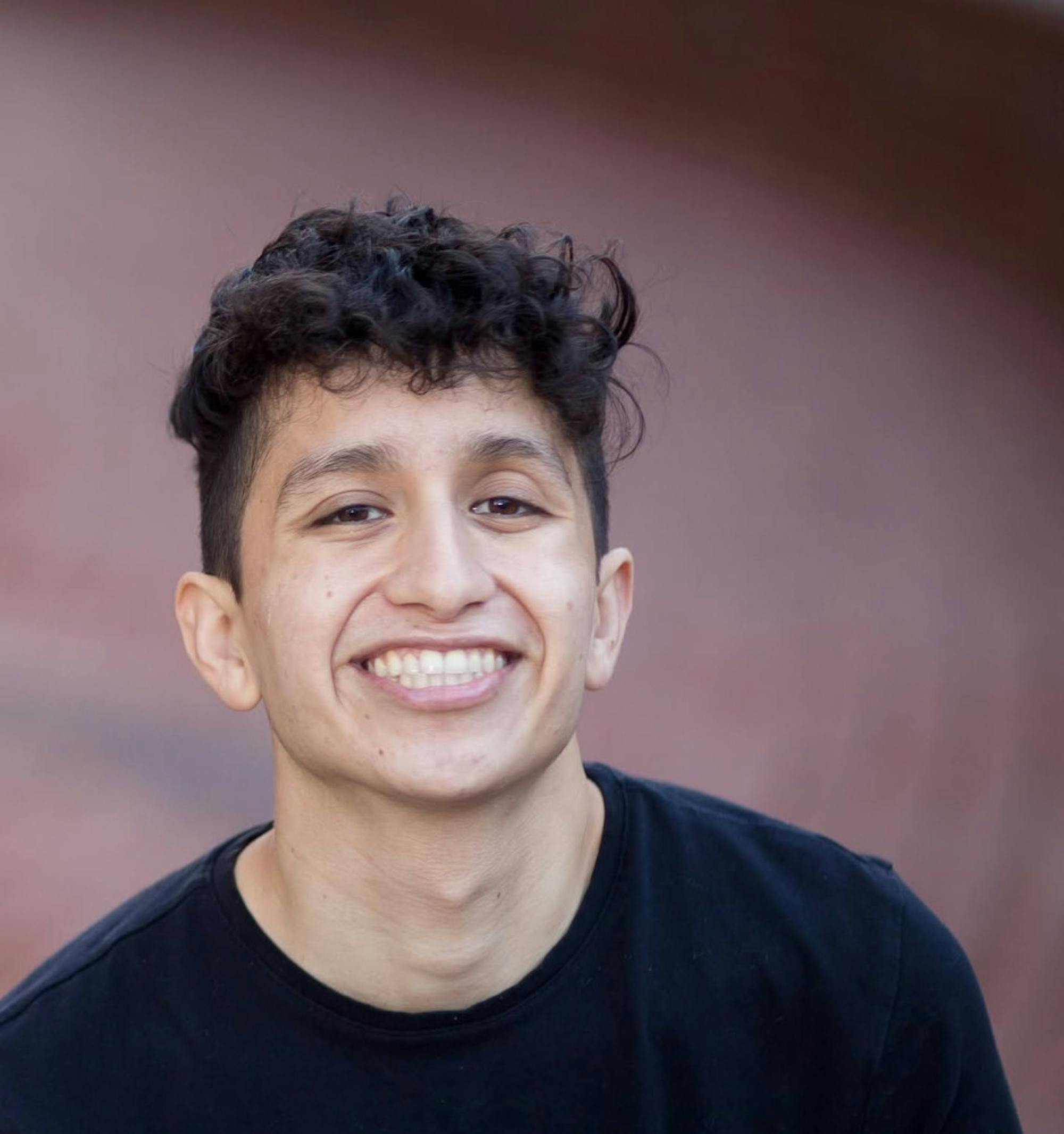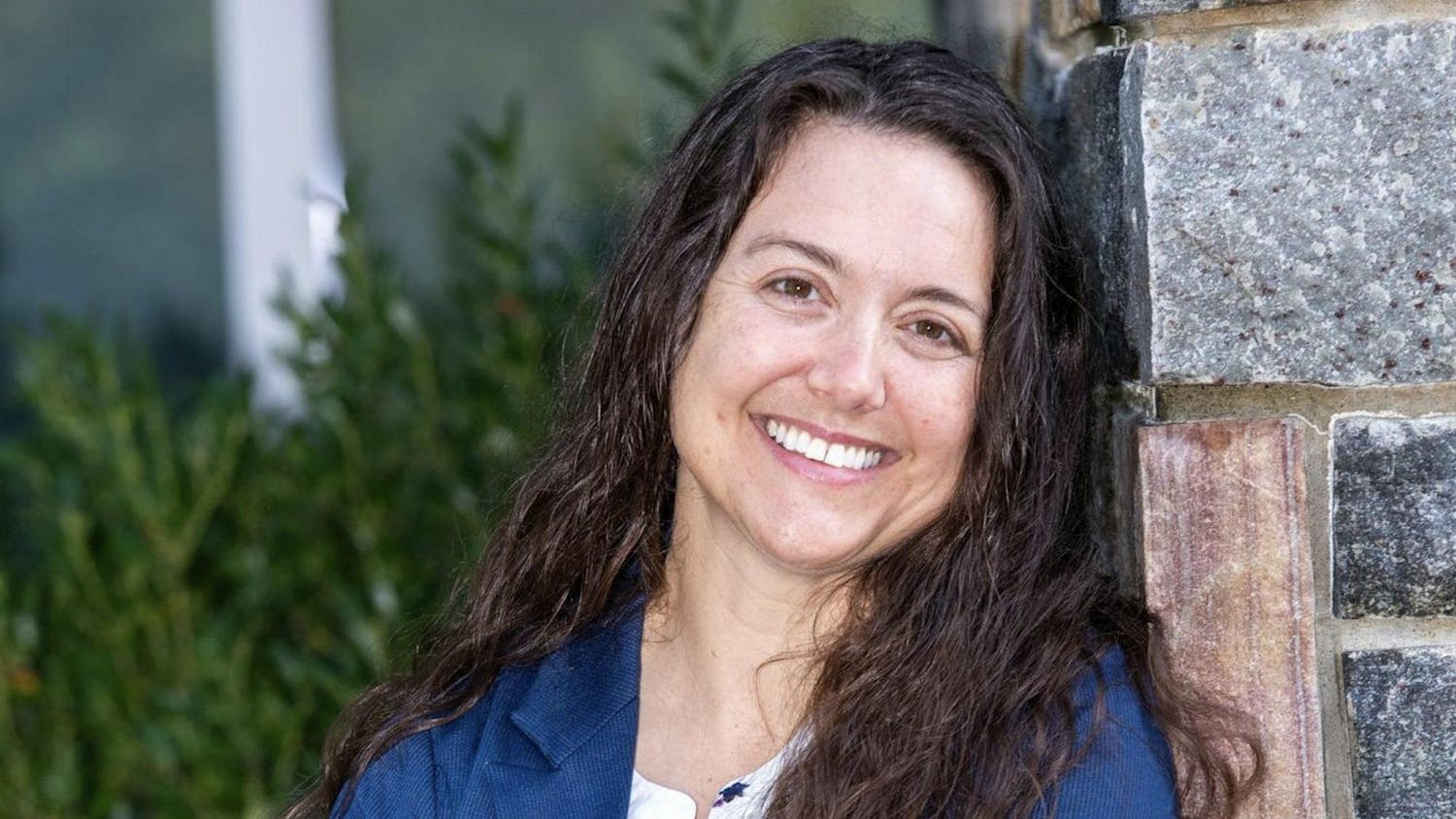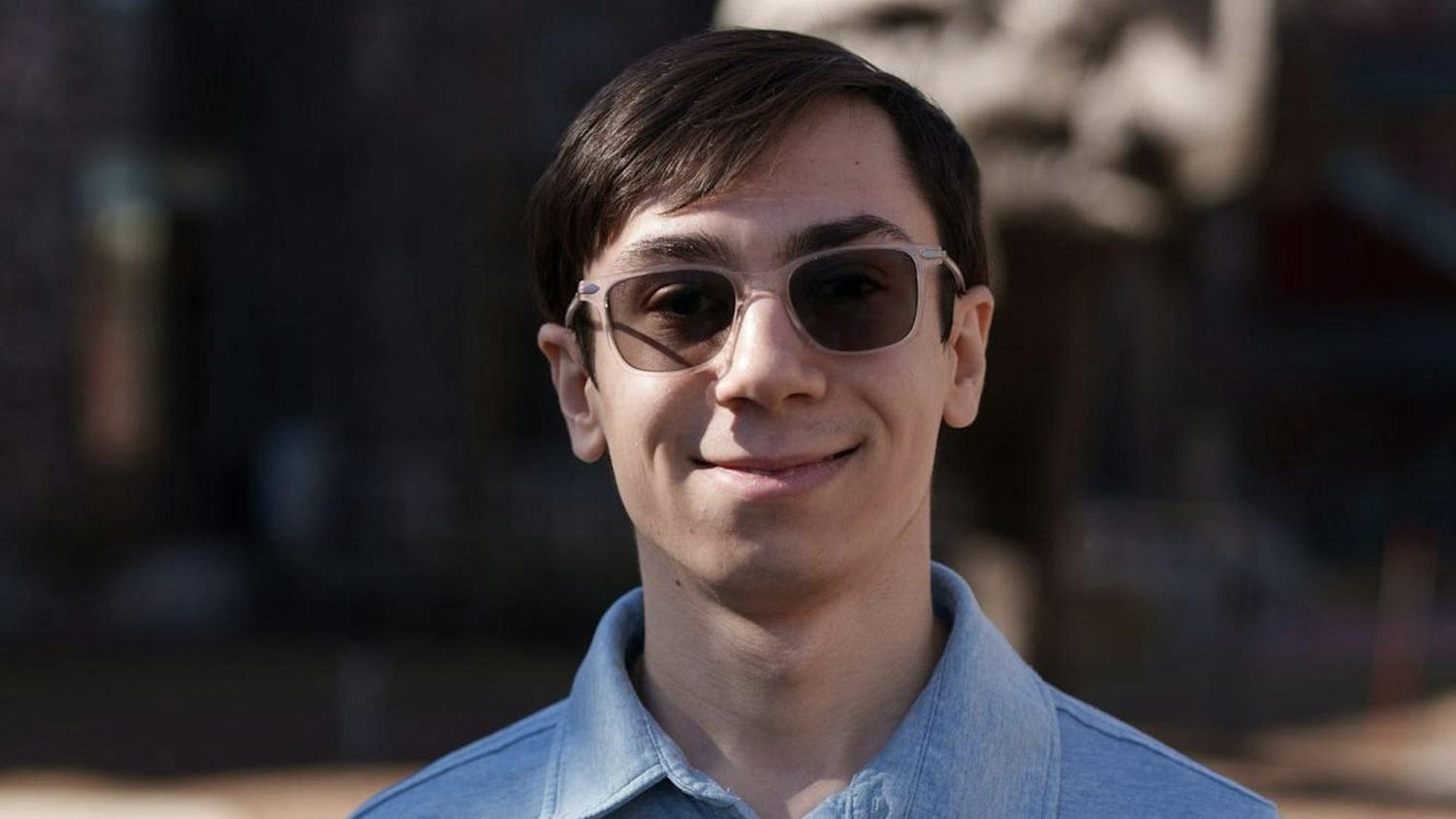Editor’s note: The Daily’s editorial department acknowledges that this article is premised on a conflict of interest. This article is a special feature for Daily Week that does not represent the Daily’s standard journalistic practices.
Growing up in Palo Alto, Calif., Alex Viveros (LA’22) loved both science and reading but did not initially know how to combine his interests. “I was always kind of torn between both of them,” he said. He was fascinated with anatomy and physiology, excited to participate in heart dissections and by reading books with atlases of the human body.
Viveros later attended Henry M. Gunn High School near Stanford University. Surrounded by peers so heavily involved in research and the sciences at large, his passions from youth carried over into adolescence. Loyal to his interests, he also partook in a research program at Stanford analyzing the immune system of rats. However, he confides, “I didn’t like doing the actual research, … but I loved talking to people, learning new things.”
Viveros thought that becoming a doctor could combine his interests of problem-solving and communication while working hands-on. He adds, “Part of me [thinks] that I’ll do it one day.” Nevertheless, Viveros pursued science journalism because he felt he could stay true to his interests while interviewing “some really cool people.” At one point, Viveros even considered professions that strayed from the sciences altogether.
“My heart always screamed … to be a historian or something … but everyone was telling me, ‘Oh, you’ll never make any money in history or English,’” Viveros said. “And then I went on to become a journalist. So I obviously didn’t listen.”
Viveros came to Tufts in 2018 without any formal journalism experience but went on to serve as executive sports editor, the founder and executive editor of the Science section and editor in chief at the Daily. While overseeing the Science section, Viveros learned more about the thriving research scene in the Boston area; he recalled an article about a project in Tufts’ Kaplan Lab aiming to model the flavor and texture of meat from a biopsy of animal cells.
However, Viveros thought the COVID-19 dashboard project, where he worked with other writers to input COVID-19 cases and isolation numbers at Tufts every day, was especially thought-provoking. While reporting on changing case counts, Viveros said, “In your head [is] the stuff that you don’t write on paper. You’re thinking, ‘Why is that happening? Why are cases going up?’”
He also appreciated hearing other voices on campus who were asking similar questions about the ebbs and flows of cases throughout the year. On the whole, Viveros found a strong interest in learning about and reporting on infectious diseases as it affects a community. “Seeing [COVID-19] evolve taught me how to responsibly report for a pandemic.” He also reflected on his time at the paper on the whole: “The Daily is such a good training ground. … Even if you don’t become a reporter, people can come in and get a taste.”
After graduating from Tufts in 2022, Viveros decided to stay local. For his work in science journalism, he says, “Cambridge specifically is a really good place to be.” He spent half a year interning in science writing and communications at the Broad Institute of Massachusetts Institute of Technology and Harvard University, covering research advancements such as how analyzing protein complexes has provided new potential binding sites for cancer drugs.
Since last September, Viveros has been a student at the year-long MIT Graduate Program in Science Writing. He elaborates that science writing programs attract “people from a mix of backgrounds,” including “people who graduated a few months ago and people who are coming back after doing other jobs.” Students in the program cover science news, features, a documentary project and a large thesis project of around 6,000 words.
“It’s been nice to learn things that I could have learned about at the Daily, but I was a full-time student as well. [I can] just focus, and it gives me a little more time to learn,” Viveros said. Some students in the program still pursue work in other fields, like medicine or law, but take their communications skills with them. Viveros’ work in the program is yet to be published, but he is currently working to report on research done by experts of infectious disease.
Viveros aims to work in journalism after his time at the science writing program. He elaborates, “I could work for a news site. Some people work for magazines. Personally, I either want to do freelance writing where I get to write the stories that I want … but if I can get a job at a staff position that would be really cool, too.” While working in communications for a larger organization often provides better pay, Viveros is not focused on a specific place of employment. Above all, he says, “I like the voice of journalism … and writing for bigger audiences.”
From his years of writing experience, Viveros narrows down to some simple advice for anyone interested in a journalism career. “I’d say just read a lot. Honestly. That’s the one thing people don’t say enough. … You can’t be a good writer without being a good reader,” he said. He adds that although it can be so difficult to find time to read for leisure in college, setting aside some time to be exposed to different writing structures and author’s voices can pay off exponentially in a journalism career.
Since his time at the Daily, Viveros has come into his own in terms of his writing interests and style. The best science journalism stories, Viveros feels, are “stories with a lot of character. [Science stories] that could easily be a political story or something else.” He furthers that he wants to write in a way that fleshes out the human quality behind the science: the doctors who research and the patients themselves. “I want to write as if I’m writing a novel, but it’s nonfiction. There are so many human aspects to science, and sometimes we forget that.”






